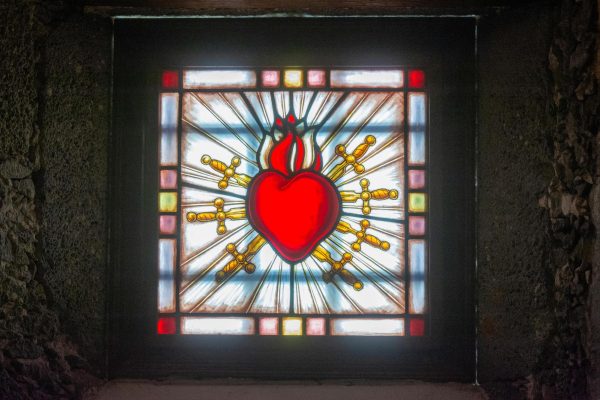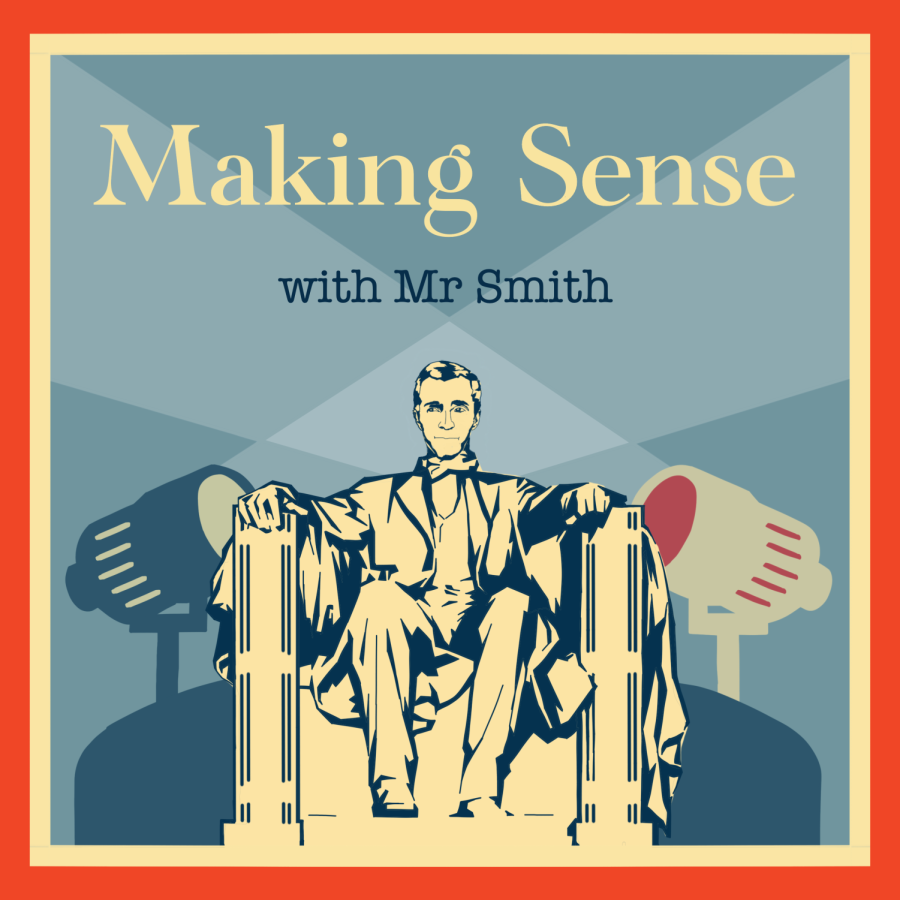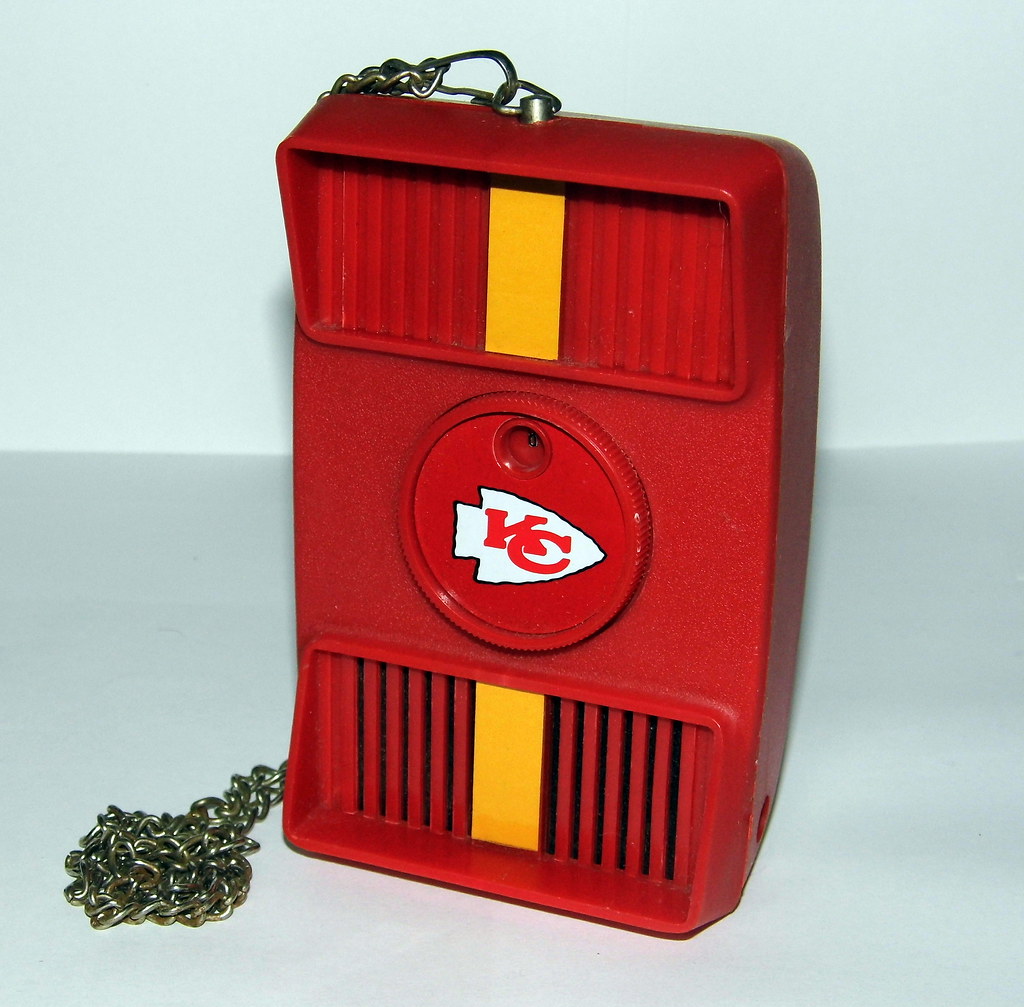Although Valentine’s Day has ended, this holiday has consistently celebrated love, dating back 1700 years ago to the origins of this holiday. Saint Valentine, who was believed to be a Christian priest, went against Claudius, the emperor of Rome who outlawed young men to marry so they’ll be more likely to fight in the army. Saint Valentine believed denying men the right to marry who they loved was wrong so he continued to marry young couples against Claudius’s wishes and was later jailed and put to death on February 14. While this story focuses on Saint Valentine’s contributions to romantic love, today Valentine’s day has shifted towards not only celebrating romantic but familial and platonic love as well. With chocolates, flowers, and hearts being used to celebrate Valentine’s day today, these elements are still relevant even after Valentine’s day has passed. The heart, in particular, does more than just act as a pretty symbol on cards, but rather plays a significant role in history and has an interesting evolution that made the heart the symbol everyone knows today.
Evidently, this heart symbol does not resemble the organ in the chest that pumps blood throughout the circulatory system. Though the first origins of the shape are not completely known one theory is that the heart symbol was based off coins in Cyrene, a city-state in North Africa. These coins depicted silphium, a plant with heart shaped seed pods that had many culinary and medical uses. Cyrene engraved the silphium plant onto their coins because the city-state was well-known for the production of silphium. Along with silphium’s culinary and medical uses it was also believed to be a contraceptive which is why some believe the plants association to love could lead it to be one of the main origins for the heart symbol.
The first known use of the heart symbol dates back to around 8,000 B.C.E., before the last ice age when European hunters used the symbol in pictograms. Though this symbol was used thousands of years ago, the meaning behind those specific pictograms is still unknown. Years later, around 2,500 to 1,000 B.C.E. the heart made an appearance in Egyptian mythology. After death the heart is weighed against the feather of Maat in The Hall of Maat. If the heart is lighter than the feather it is believed that person joins Osiris in the afterlife, if it’s heavier than the feather, the demon Ammut eats the heart and the person’s soul vanishes from existence.

Moving into the middle ages, the heart becomes more prevalent in society with medieval art and literature. The heart becomes an important symbol in Christian mythology with the Sacred Heart, which is seen as a symbol for Jesus Christ and his love. The Sacred Heart is also prevalent in the middle ages seen with works of art, mentioned in prayers, and doctrine. Along with Christian mythology, the heart is also used in medieval heraldry to signify sincerity. In chivalric literature the heart is used similar to the Holy Grail, and some playing cards during that time even used the Holy Grail as opposed to the heart.
During the Victorian era when Valentine’s day was starting to gain popularity the heart was seen as a symbol on many elegant Valentine’s day cards during the time. In 1977 the heart was printed on the famous t-shirts spelling out “I ♥ NY”.
From the silphium’s heart shaped seed pods engraved on Cyrene’s coins to the “I ♥ NY” t-shirts, the heart has an interesting evolution that helped shape the symbol into what everyone sees today. With the heart being used as emojis in text messages, a suit for playing cards, and health indicators on video games this symbol holds a prominent place in society today and will continue to evolve years to come.

















